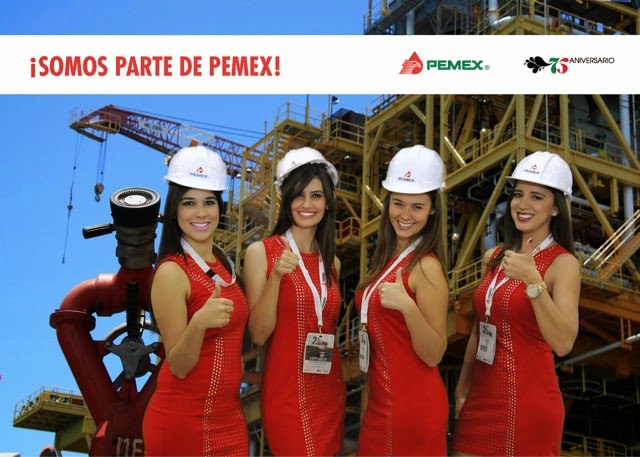Green Screen Lighting Challenges, a look at different equipment options.
I spend a lot of time looking at trends and technology. In fact, every year, we photograph the Society For Information Display (SID) conference — an event I love — because it showcases technology about three years ahead of the Consumer Electronics Show.
Three years! That’s thee decades in doggie time. It was a this conference a few years back a guy eyed my cell phone, then a Samsung Galaxy, as I was checking messages.
“Do you like that phone?” He asked.
“Yeah, it’s ok,” I said, “why?”
“I designed the display on that phone.”
“Oh!” I said, not missing a beat, “I LOVE the display!”
The past few years, however, my mom has scooped up shooting SID as I’m always on an Indycar race for Honda. And she rubs it in my face.
“Michael! Wait until you see the new CURVED televisions! They are so cool! And, the virtual reality glasses with NO side margin! My God it’s like the aliens are eating your face…” I made that last part up, though she was super excited about the televisions.
But what really interests me are trends in
photography— and how they impact my business. Warning: this rant is a technical examination of different types of photographic studio lighting. It may be boring if you aren’t a photographer. But if you ARE a photographer, especially an
event photographer — it won’t be boring. Especially if you drink a nice glass of wine right now. I suggest doing just that, unless it’s 6 am. Then, wino, you might want a Starbucks. Just sayin’.
Let’s start first with photography studio lighting. In the past few weeks, I’ve invested in LED panel lights to illuminate our green screen photo sets. These new units have become all the rage in video — but I couldn’t find any advice about utilizing them to light green screen event photo executions. Nothing. Oh, except one blog that said they sucked, but not why.
Photographers are notoriously snarky. I look around at videographers at major events, like the Indy 500, and they are ALL using LEDs. Yet, advice columns on common photo blogs? Tish, tosh, LEDs? Hurumph.
I ignored the poo-poing blog. Photographers are entrenched in THEIR way of doing things, and, typically HATE change. Not me. I LOVE change. When growing up, my mom put my furniture on castor wheels in my bedroom so I could rearrange every week.
Here’s what I’ve learned after testing my new LED panels, as compared to both traditional strobes and Arri video heads.
The LED 1×1 panels — I purchased the units manufactured by Manfrotto — are a bit more touchy than traditional video lights about throwing shadow on the background, BUT the light quality is beautiful. Let me back up. I’ve been using Arri 750 watt video lights with a Chimera 2×3, softbox. These things are HEAVY, so I’ve rigged a portable light truss to support both units above my head. Total weight for stands, light truss, light heads, soft boxes, Wonder Clamps: probably about 55 lbs. The light temperature of the Arri’s are super cool, but once you balance your camera accordingly, the light is a beautiful, wrap around glow. And I’ve come to love continuous llighting — and hate strobes — when shooting green screen executions. Remember, I shoot stills.
Let’s talk about strobes. I’ve had every strobe known to man, from cheap Ebay specials that LOOK nice but are crap, to cheap Adorama brand heads (which I actually like), to Alien Bees, to…I don’t even remember. I’ve also used flashes (by this I mean speed lights) bracketed into an umbrella as a strobe, both Nikon and the circular Q-flash.
Strobes all must go in either an umbrella or a soft box, and range in weight and size. I’m not a fan of the flashes in the umbrellas — the heads aren’t quite big enough. The Q-flash produces a nicer light, but is as bulky as a traditional strobe, and I’m not sure what my thought process was when I bought it. Except it was shiny and new. Bat. Bat. Bat. Let me play with it like a cat with a mouse.
Whether it’s flash heads or strobes, they all share a similar probem: as soon as you have a flash of light instead of a continuous ight, it’s tough to judge shadows — and requires lots of on site testing.
When lighting
green screen, every video or advice column you ever read says the same thing. Use THREE lights! Two forward lights and one background light! Have the subject at least 8 FEET off the background! Remember, SPACE, SPACE, SPACE!”
Well, that’s all fine and dandy — and, of course, correct. But what about at an event environment
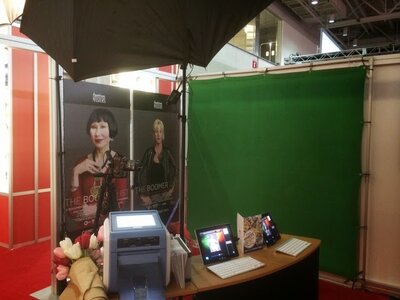 |
| Group Photography Execution |
where you are LUCKY to have a 10′ x 10′ space, total? I walked into one space which was about 8′ wide by 4′. Yes, you read that right: 4 feet from background to my camera. Any further, and I was in the middle of the walkway. What do you do when your standing directly in front of your subject, and the subject is standing directly in front of the green screen? I mean, your toes are about 6″ from the subject. What do you do? Slap on a fish eye. Don’t ask, though the shots ended up being super cute.
But I digress. Frankly, its impossible to set up three lights in most event situations: even if you have the room, participants are constantly tripping over the stands.
So, what to do?
With that in mind, I started looking at continuous lighting, and switched over some time ago. I find the Chimera softboxes forgiving, and since I don’t have space between the background and the subject, or the key (front) light and the subject, I put the lights up high. I (almost) always have room overhead. At least that lets the light spread out as it travels to the subject, thus softening any shadow on the background. Plus, shadows are forced down toward the ground. Don’t go too high, however, or you’ll light the person’s head and not their face. In my shooting environments, the participant is almost always inches (not feet) from the background — and so it’s important you have light that just hits the subject, but dissapates the few inches to the background. How is the background lit? By existing, diffuse, ambient room light. If there is any.
Thus, I tend to shoot a high ISO, a fairly low aperture, and a moderate shutter speed — using the key lights as fill, instead of illuminating the entire thing and wondering why I have trouble with shadows. Finally, I balance my camera’s color temperature for all that mixed light.
So if I like the Arri’s so much, why switch? Reminder: the bastards are bulky and heavy. Besides, time for something new and shiny.
So, enter LED lights.
LED panels are one foot by one foot, and are super bright. Some let you dial in a color temp, right on the light — and all let you turn the lights up and down. With today’s technology, they are flicker free.
Advatages: No softbox. No umbrellas. You just point the things and are done. They are only a couple of pounds in their brackets. And, they can sit on light duty stands. Instead of the kit weighing in at 50ish pounds, it’s under 10. They can even run on battery, and (unlike the Arri’s) suck a tiny amount of power. I have had the Arri’s blow circuits on location. Oops.
But the difference in weight is the big deal.
The quality of light seems nice in my tests — I’ll know more after my first shoot with them, this weekend. Since you can turn the LED’s up and down, you should be able to set them low, just as fill, which will help with the shadows as a resut of the participant standing against the background. Last, I suspect you could stick them in back of the scrim in tricky space situations, eliminating pesky background shadows because you’re lighting the fabric from behind. I’ve done this a few times with my big ass video lights, and — in some situations — it’s great. But video lights are hot (that’s why they are called hot lights, smarty!), and I’ve nearly melted a few backgrounds.
Read that as “I have melted a few backgrounds”. I was being polite.
Lighting a green screen photo execution is tricky. Photographers struggle with it for years, and if you look at web sites, you can see where they fight their equipment. And advice sucks. Maybe that’s why a lot of people try green screen, and then quietly get out of it. After all, if the advice is to have a 15 x 15 (minimum) space, and you walk in to a 8′ wide x 3′ space, what do you do?
If you are working as an event photographer, even as a
greenscreen event photographer in Las Vegas, you can’t afford to just keep setting up the same kit for every shoot. Every space is different, and you must have equipment on your shelf to fit each scenario.
What that really means?
More wine. It means time for more wine. Testing this stuff is HARD, figuring out what you need for a particular shoot is HARDER, and asking advice of most photographers is the equivalent of asking for a root canal without Novocain.
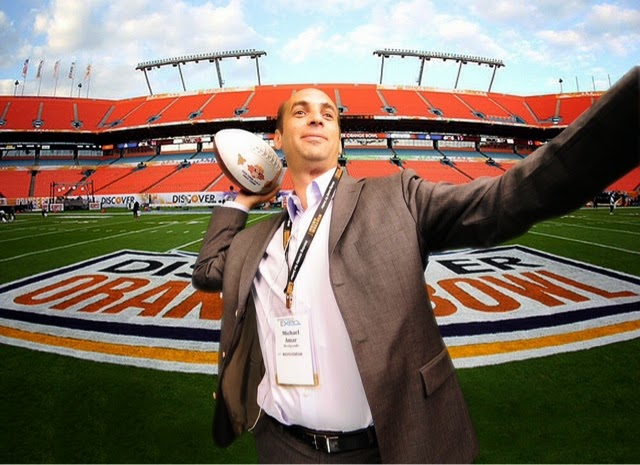 |
| Famous US Event Photos green screen image |
Here’s that famous green screen with limited space where I had to utilize a fish eye lens. A little awkward to shoot, the final images where super cute.
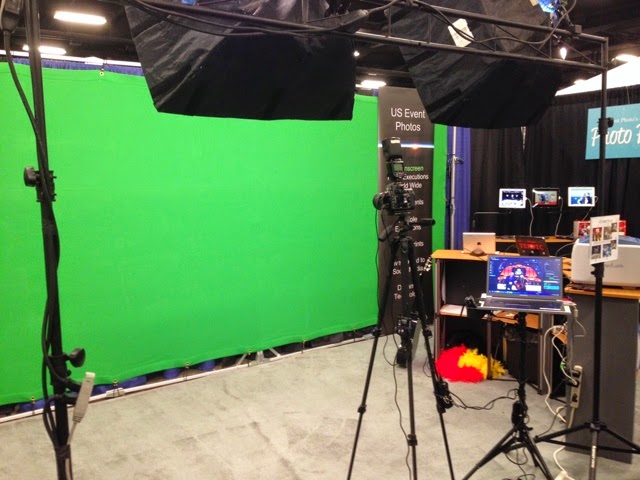 |
| Tight Green Screen Set up |
These are the Arri hot lights with Chimera Softboxes, light truss, stands. Pretty light, a bit heavy at over 50 lbs, total.
Here is what the LED light looks like. I’ll photograph this weekend’s photo set, and show you what they look like in action.
(Update) here’s last nights set lit with the LEDs…
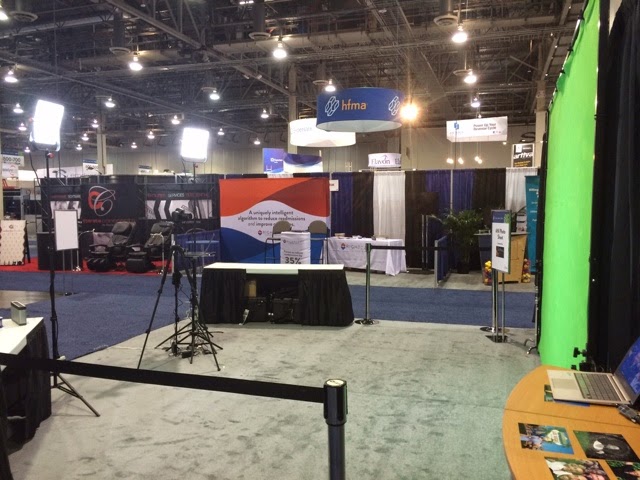 |
| (Update) here’s last nights set lit with the LEDs… |
Next, here is one of our typical sets lit with strobes and umbrellas.
Groups present a special challenge at
event green screen photo executions. Put them against the background, risk shadow. Pull them off the background, see the background shrink. These guys are right against the background. If you don’t get the strobes in just the right spot, you’ll get ugly shadows. Smart posing helps. Know where the shadows fall and use the subjects to block them with their bodies. This was lit with strobes and umbrellas.
And this was lit with soft boxes and Arri hot lights.
Last, this was. Lit by simple flash.
And last, here’s one of last night’s pics, lit w/ the LEDs. Almost directly against the background, I did pick up a slight shadow I didn’t catch, but, overall the LED lights performed as well as traditional hot lights with soft boxes.
 |
| Taking the goal via Green Screen Photography |
|
|







